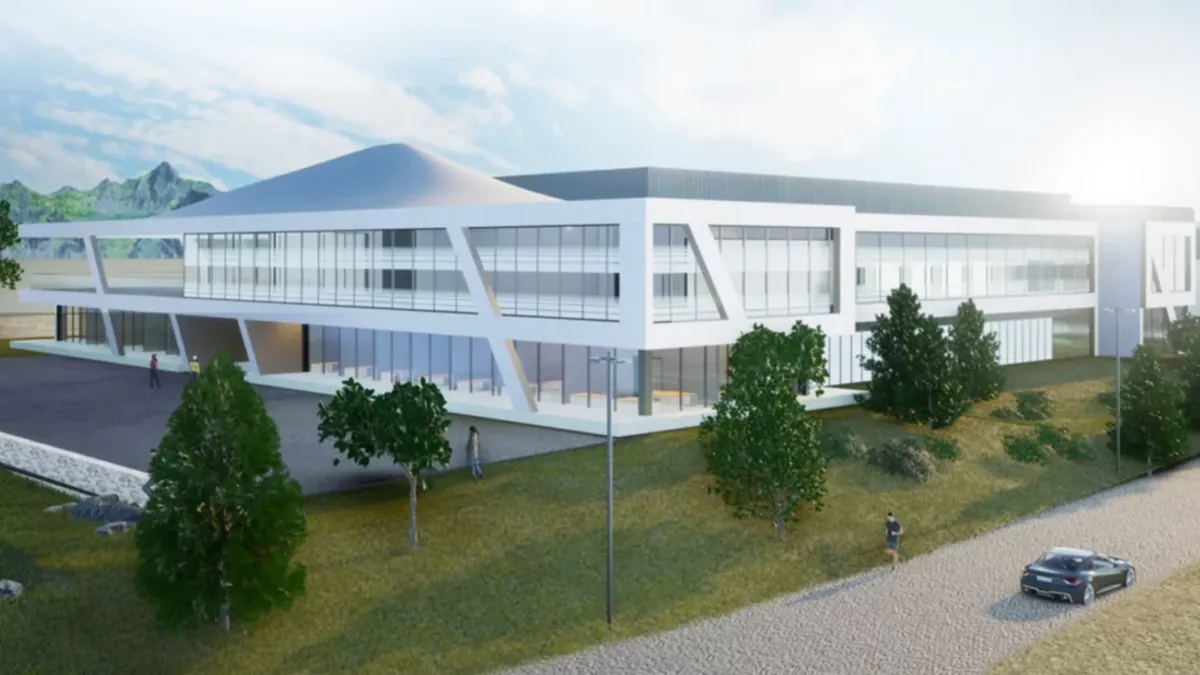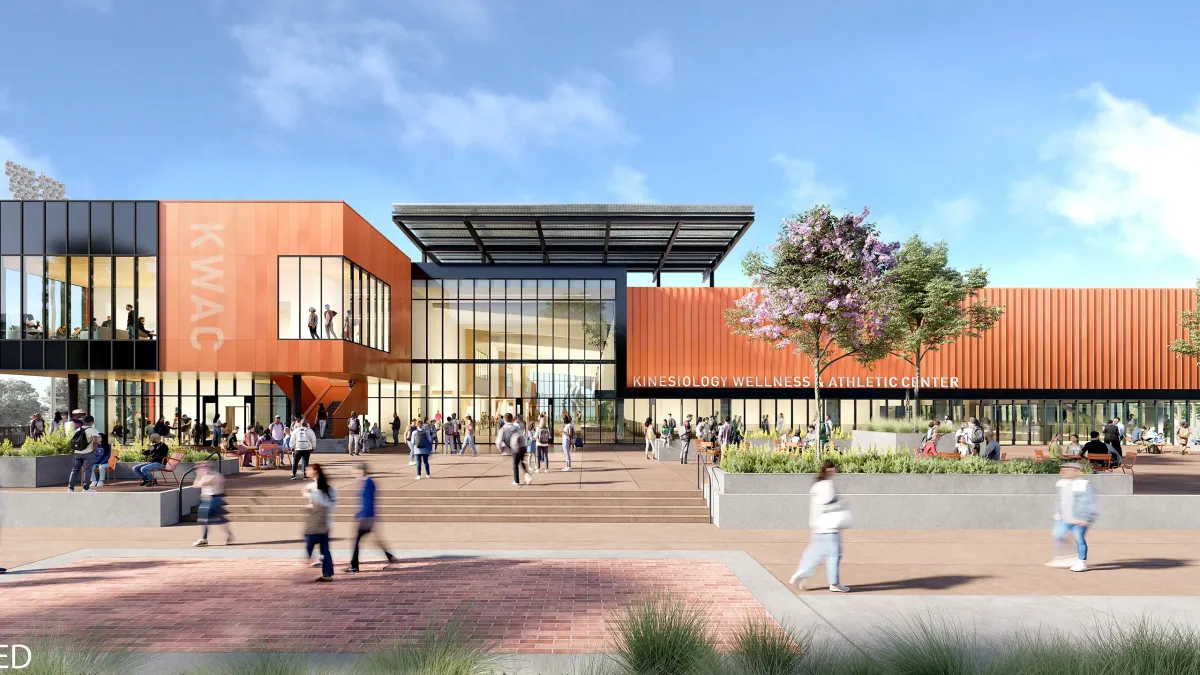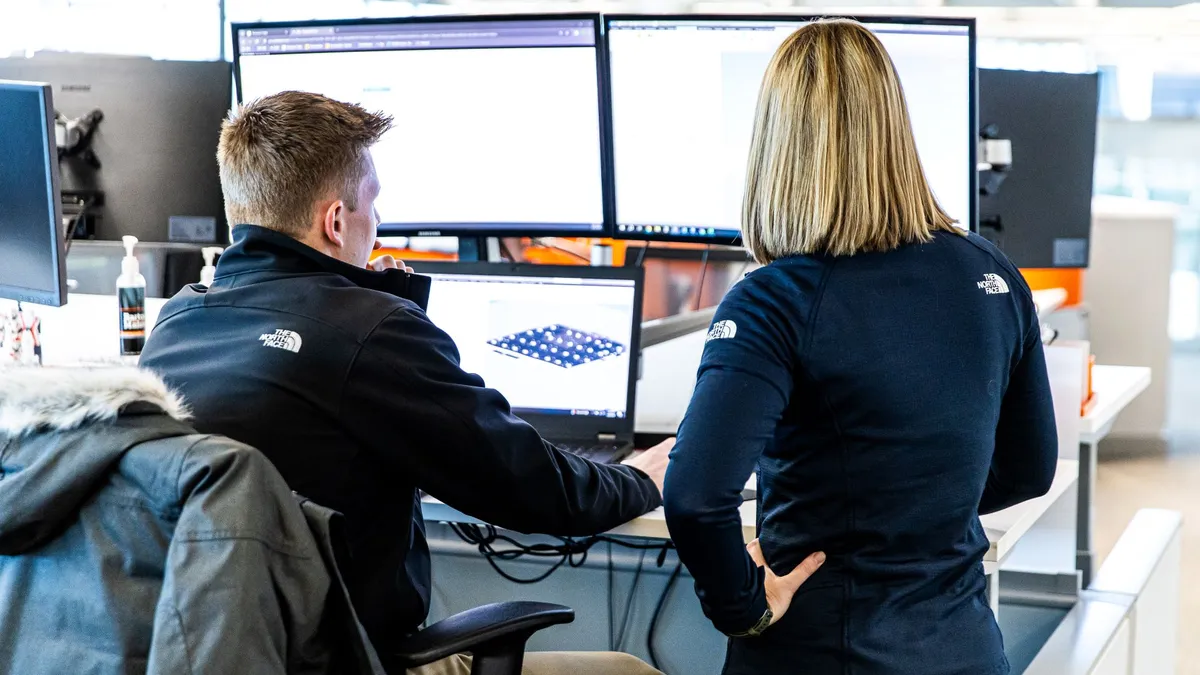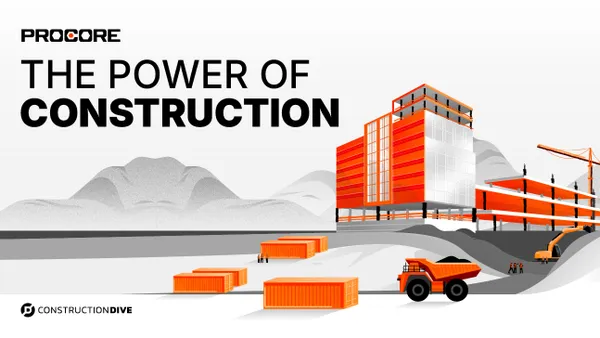From science-fiction movies, to video games, to real-world applications like flying a plane or driving a car, virtual reality is the ultimate immersive experience. Even among the notoriously late-to-the-tech-party community of construction, virtual technology in some form is grabbing hold.
Many companies use building information modeling (BIM) daily and are even starting to input data in new ways — like 3-D laser scanning and drone-collected imagery — to create detailed, easily manipulable 3-D pictures. For many people, especially owners, the culmination of the design experience is to be able to take a virtual stroll through their house, hotel lobby, skyscraper — even the tank of a giant aquarium — before one shovel hits the ground.
The need-driven roots of virtual reality in construction
The construction and design industries have been trying to give the owner or design team a virtual look at projects ever since paper scale models. Michael Gonzalez, preconstruction director at McCarthy Building Companies in Phoenix, said the construction industry’s road to virtual reality has been need-driven, all the way from pencil and paper to computer-aided drafting (CAD) to 3-D modeling, in an effort to better coordinate the construction processes.
However, the current implementation of virtual reality is a different story, according to Gonzalez. "It's used for design as well as for coordination, and it’s gone from a 2-D effort to 4-D and even 5-D," he told Construction Dive. The fourth dimension involves applying a schedule to a virtual model, and the fifth dimension is applying the costs to it as well.
"If you have a 3-D model today, you can now apply the schedule and costs and, in real time, an owner can look at their building, ask you to change something and determine the effect on the timetable and budget," Gonzalez said.
He said that McCarthy started using 3-D models in the company's heavily process-oriented projects in the healthcare and utility spaces, where there is a high coordination effort. "It's much easier to find a conflict using a computer and correct it before you actually try to install it," he said.
Gonzalez added that McCarthy now applies 3-D modeling — the basis for virtual reality — to all of its work. One of McCarthy’s latest projects is the 200,000-square-foot OdySea aquarium in Scottsdale, AZ. Gonzalez said in that project, there are no standard walls with square corners, but, instead everything is built on a radius, presenting all sorts of design challenges. Before visual design, the standard methods of measuring for such a project might have been challenging, Gonzalez noted.
"We're really relying on technology at its best. So you're taking that model, and you're taking the data out of that model, and you’re putting it into a robotic total station, downloading the information into that RTS, and then somebody out in the field is shooting a laser to those points," he said.
Benefits of the emerging technology
Gonzalez said that being able to use these tools increases productivity and the level of coordination, reduces conflict, and allows McCarthy to build things at a faster, higher-quality level.
"Ultimately, when you look at it, it really is a platform for collaboration between the constructor, the design professional and the owner," Gonzalez said. He added that where the owner is concerned, sometimes the picture a contractor can present them is more effective than massive amounts of data.
"Not everyone can think in three dimensions," he said. "An owner may have a vision for a project and tell you what they want it to look like, but virtual design will bring the owner's vision to life."
And bringing the vision to life is where virtual reality steps in.
Gonzalez said that on certain projects, the company will take its virtual design process to the next level and, using the Oculus Rift, provide the owners a virtual-reality experience as if they were actually walking through the building. Gonzalez said this addresses the previously unknown variable of what the space is going to feel like when it's complete.
"There are so many things we get resolved in a virtual environment that, before this technology, we probably wouldn't get those done until we were physically out in the field walking around. So it really is taking that to the next level," he said.
Construction poised for a new innovation
Stacy Scopano, senior construction industry strategy manager at Autodesk, said the industry is ripe for virtual reality. "This isn’t a conversation about incremental development. It’s a collision, a convergence of a number of different things," he told Construction Dive.
Scopano said the proliferation of 3-D modeling software and capabilities, massive computing power, and industry leaders developing heads-up display hardware like the Microsoft HoloLens and Daqri Smart Helmet are all factors leading toward the tipping point for virtual reality.
In the past, virtual reality was more in the wheelhouse of companies that could afford a technical staff that would cobble together some kind of "Frankenstein," enabling them to serve up their models in a virtual reality environment, Scopano noted.
However, Scopano said, a "democratization" of virtual reality capabilities is underway, and over the next several months, Autodesk will enable many of its existing software products with the ability to dive into that world. Key to this capability is the fact that Autodesk has launched its gaming engine Stingray into the cloud to simplify the process of turning models into virtual reality simulations
Scopano added that this capability is not something that’s limited to one company. "It’s not just Autodesk in isolation. It’s the entire technology ecosystem colliding together," he said.
While McCarthy has reaped the benefits of virtual design and reality, the company doesn’t use the technology's full capabilities on every project. For example, Gonzalez said McCarthy's staff has the full suite of Autodesk products at their disposal but would only utilize all of them for large or complex projects. But for the most part, virtual models are part of their everyday workflow.
"For us, virtual design has become the way we do business. We’ll build it virtually before we physically start to build," Gonzalez said. "And that’s a decision we’ve made as a company, regardless of whether the owner will utilize it after construction."
What's ahead for virtual reality
Scopano said that while adoption of virtual reality is on the upswing, the technology still faces hurdles — the largest of which is perception.
"The biggest obstacle will be getting to pragmatic uses and shedding the 'gimmick' perception," he said. "There are lots of opportunities for hands-free, immersive, data-on-demand platforms in many industries. We’ll just need to get past the fact that this stuff was born from gaming and (see it) has its place in professional settings."
Nevertheless, Scopano said that as virtual reality technology becomes more widely available, the most exciting advancements will come as users define, and redefine, their own needs and use the technology in new ways.
"That’s the power of what happens when something truly is democratized," he said.






















